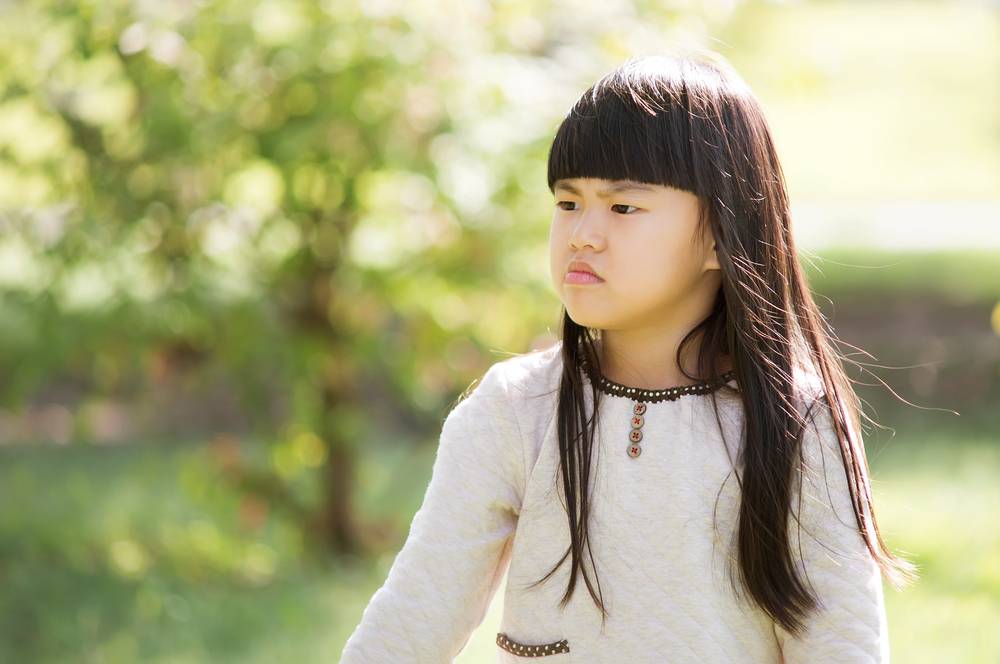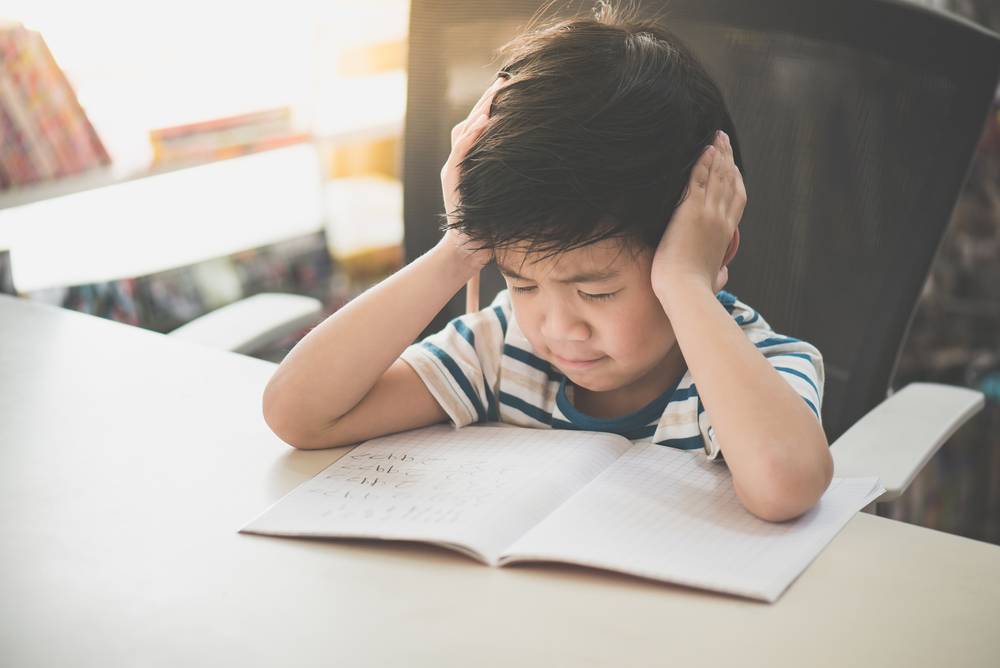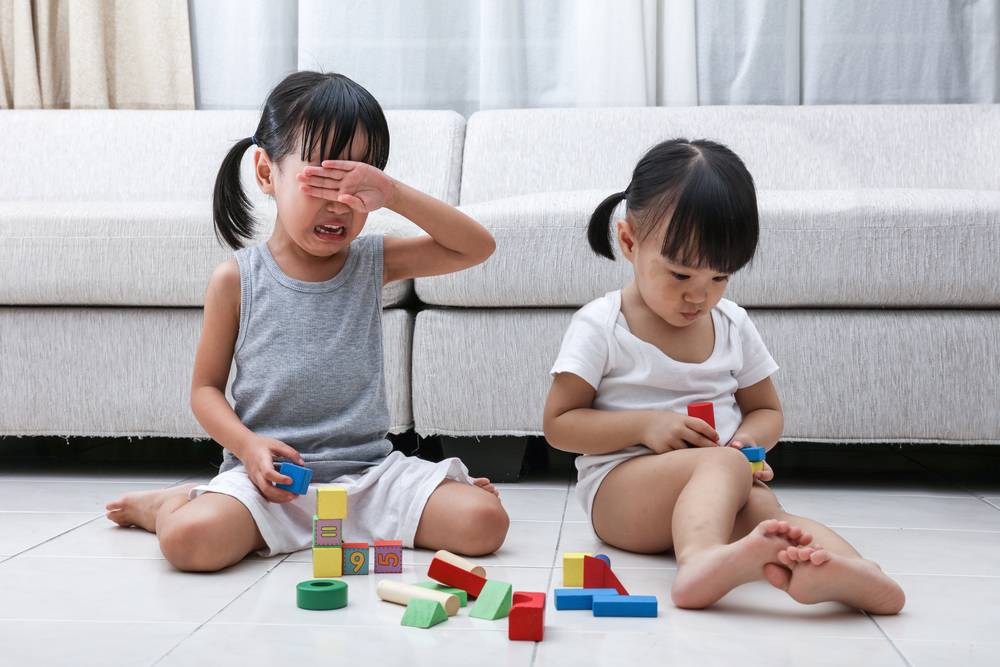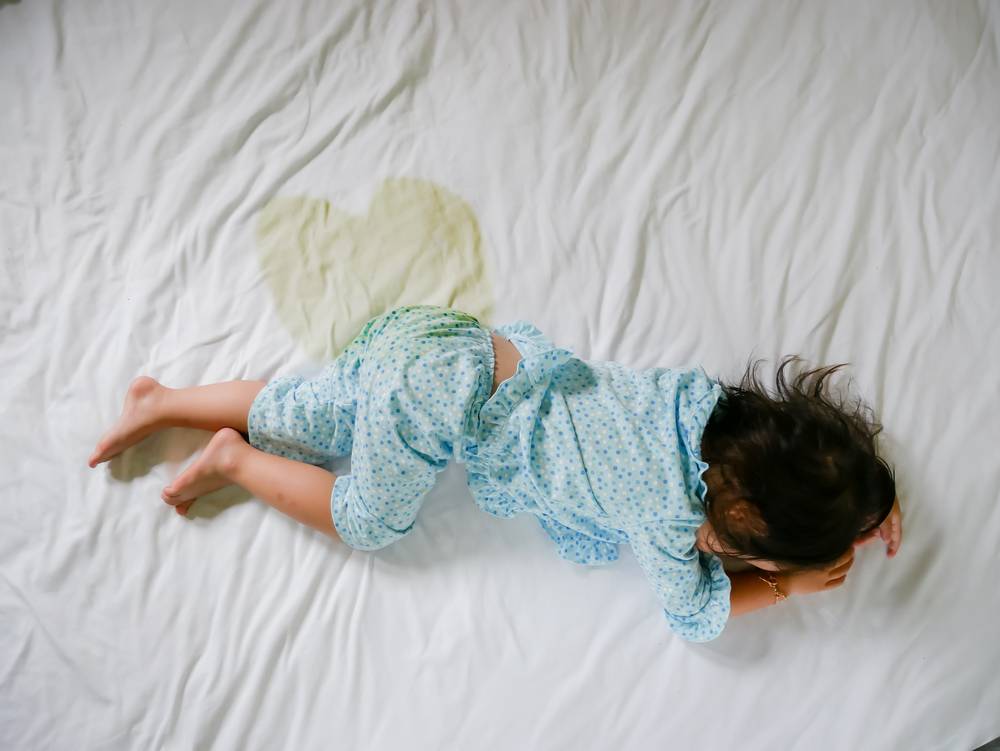Increasing Concerns About Child Abuse in Singapore Preschools
As reported by The Straits Times, the Early Childhood Development Agency (ECDA) investigated 147 child abuse cases in 2023, a rise from the previous year. The number of confirmed child mismanagement cases also increased.
Child abuse in preschool-aged children is a critical issue that demands vigilance from parents and educators alike. Preschoolers who experience abuse may display a range of behavioural and developmental challenges, which can be early warning signs of deeper problems.
Jump to section
1. Aggressive or Disruptive Behaviour

Children who have experienced abuse often exhibit increased aggression and disruptive tendencies. These behaviours can severely impact their interactions with peers and teachers in preschool settings. Without intervention, such actions may worsen, making early detection crucial.
Examples of these behaviours include:
- Physical actions: Hitting, kicking, or pushing peers without clear provocation. These responses can seem out of proportion to typical preschool conflicts, such as sharing toys or minor frustrations.
- Verbal hostility: Frequently shouting, using harsh language, or engaging in arguments with both classmates and adults. This can make it difficult for the child to form positive relationships within the classroom.
- Defiance: Refusing to follow directions or deliberately opposing instructions from teachers. These children may disrupt the classroom environment by consistently challenging rules or expectations.
- Frequent outbursts: Abused children may have difficulty regulating their emotions, leading to disproportionate tantrums or breakdowns when faced with small setbacks or challenges.
- Bullying tendencies: Some children who experience abuse might project their trauma by intimidating or picking on others, displaying a pattern of dominance or control over their peers.
Studies indicate that preschoolers exposed to abuse are significantly more likely to demonstrate these types of behaviours, causing difficulties not only for the child but also for those around them. If these signs are not addressed early, they may become more pronounced as the child grows.
2. Withdrawal or Extreme Passivity

In contrast to aggression, some abused children may withdraw emotionally and socially. This extreme passivity can be a significant red flag, particularly when children avoid interactions that are typical for their age. Preschoolers experiencing abuse may seem overly quiet or reluctant to engage in normal activities.
Examples of withdrawal or passivity include:
- Avoidance of social interaction: Abused children may shy away from playing with their peers, choosing to sit alone or avoid group activities altogether. They often prefer isolation, which can hinder social development.
- Minimal emotional expression: These children may struggle to display emotions like happiness, excitement, or curiosity. In situations that would typically provoke strong reactions in other children, they may remain silent or show little interest.
- Reluctance to seek help: Abused children might hesitate to ask for assistance, even when they clearly need it. This can be particularly noticeable during classroom activities, where peer or teacher support is often necessary.
- Fearfulness: Overly cautious or fearful behaviour, particularly around adults, can indicate trauma. Children may appear anxious or tense in situations where they feel vulnerable, such as during playtime or when interacting with unfamiliar adults.
- Emotional numbing: A sense of emotional flatness, where the child appears detached or indifferent to events around them, can be a response to ongoing emotional trauma. This could be a coping mechanism for dealing with fear or confusion stemming from their abuse.
Children exposed to emotional neglect are particularly prone to these withdrawal behaviours, as they may not have learned to express or regulate emotions in a healthy manner. Social isolation at this young age can further complicate emotional and cognitive development, limiting their ability to form meaningful connections with others.
3. Developmental Delays

Children who are victims of abuse often experience delays in reaching key developmental milestones. These delays are particularly noticeable in areas such as language development, cognitive skills, and social functioning. The ongoing stress and trauma caused by abuse can disrupt the normal progression of learning and development.
Specific signs of developmental delays include:
- Delayed speech and language skills: Abused preschoolers may struggle with speech, displaying limited vocabulary for their age or difficulties forming coherent sentences. They might also have trouble understanding and following simple instructions.
- Cognitive challenges: These children often perform poorly on cognitive tasks compared to their peers. They might have difficulty with problem-solving, memory retention, or grasping basic educational concepts like numbers and letters.
- Difficulty concentrating: Focusing on tasks, particularly in a structured environment like a classroom, can be challenging for abused children. They may appear distracted or uninterested in educational activities, frequently shifting their attention or showing signs of restlessness.
- Slower motor skill development: Physical abuse can sometimes manifest in delayed motor skills. Children may struggle with activities requiring fine motor coordination, such as using scissors, holding a pencil, or participating in arts and crafts.
- Poor learning readiness: Due to the impact of trauma on brain development, abused children may exhibit signs of delayed learning readiness. They might show a lack of curiosity or eagerness to engage with learning materials, which further hinders their academic progress.
Studies confirm that children who have experienced abuse frequently show delays in speech and cognitive abilities, particularly when the abuse is ongoing. These delays can affect their ability to thrive in educational settings like preschools, where learning readiness is critical for success (Perry et al., 1983).
4. Inappropriate or Disturbed Social Interactions

Abused preschoolers often exhibit unusual or inappropriate social behaviours. These behaviours may arise due to their inability to properly process emotions or understand the social dynamics typical of their age group. Emotional trauma can disrupt their ability to form healthy relationships, leading to behaviours that may seem out of place or concerning.
Common examples of disturbed social interactions include:
- Lack of empathy: These children may not react appropriately to others’ distress. For instance, when a peer is upset, an abused child might remain indifferent or even respond with aggression rather than offering comfort.
- Inconsistent responses: Abused children may switch between extreme reactions during social interactions. At times, they may withdraw entirely, while in other situations, they could become overly aggressive or disruptive when confronted with emotionally charged situations.
- Overly controlling behaviour: Some children attempt to exert control over their peers, often mimicking the abusive behaviours they have been subjected to. This can lead to domineering behaviour, where they dictate play activities or demand constant attention.
- Misinterpretation of social cues: Abused preschoolers might struggle to read or interpret others’ emotional signals. This can result in awkward or inappropriate responses, such as laughing when someone is hurt or showing aggression in response to benign situations.
Without intervention, these social difficulties can lead to long-term isolation or negative interactions, further impacting their emotional well-being.
5. Regressive or Unusual Behaviour

One of the most alarming signs of abuse in preschool-aged children is the sudden onset of regressive or unusual behaviour. Regression refers to the child returning to earlier stages of development, as a response to trauma. This is common in children who experience significant emotional distress, including abuse.
Examples of regressive or unusual behaviour include:
- Bed-wetting or thumb-sucking: A child who had previously outgrown habits like thumb-sucking or bed-wetting may revert to these behaviours as a coping mechanism. This regression is often triggered by the emotional turmoil caused by abuse.
- Separation anxiety: Preschoolers who have been abused may become overly anxious when separated from their parents or caregivers. They may cling excessively to adults, expressing fear or distress even in familiar environments like school.
- Sexualised behaviour: One of the clearest signs of sexual abuse is the display of overt sexual behaviour inappropriate for the child’s age. This can involve imitating sexual acts, using sexually explicit language, or showing an unusual interest in sexual topics.
- Heightened impulsivity or hyperactivity: Some abused children may exhibit impulsive behaviours, acting without thinking or engaging in hyperactive movements. This restlessness can make it difficult for them to focus on tasks or participate in calm activities, disrupting their learning and social experiences.
- Compulsive habits: Abused children might develop unusual or repetitive behaviours, such as hair-pulling, rocking, or repeatedly asking the same questions. These habits may serve as a way to self-soothe or gain a sense of control in an otherwise unpredictable environment.
These regressive and impulsive behaviours can indicate underlying trauma, with sexualised behaviours being one of the most distinguishable signs of sexual abuse. Additionally, impulsivity and hyperactivity are often linked to emotional distress and can be early indicators of both physical and emotional abuse.
6. Spotting the Signs and What You Can Do
Recognising the signs of child abuse in preschoolers is critical, as early intervention can prevent further harm and support the child’s recovery. Parents, caregivers, and educators must remain vigilant and know what actions to take when concerns arise.
Here’s what you can do if you suspect abuse:
- Monitor patterns of behaviour: Isolated incidents of aggression or withdrawal may not always indicate abuse, but persistent patterns are concerning. Document any recurring behaviours such as extreme passivity, inappropriate social interactions, or developmental delays over time.
- Engage with the child: Open and supportive communication is key. Ask gentle, non-leading questions if you suspect something is wrong. Avoid pressuring the child to disclose details but ensure they feel safe enough to talk if they want to.
- Consult professionals: Teachers and caregivers should report any concerns to child protection services or authorities. In Singapore, the Ministry of Social and Family Development and the ECDA are responsible for handling child abuse cases. Trained professionals can assess the situation and provide appropriate support or interventions.
- Seek medical and psychological help: Abused children often need both physical and emotional healing. Medical professionals can check for physical signs of abuse, while child psychologists can offer therapy to address emotional trauma.
- Educate yourself and others: Raising awareness of the signs of child abuse helps strengthen vigilance in preschools. Educators should undergo regular training to recognise these signs and respond appropriately. Parents should also be aware of the indicators and know how to seek help when needed.
If you believe a child may be in danger, do not hesitate to act. In Singapore, you can report abuse to the Ministry of Social and Family Development (MSF) via their Child Protective Service at 1800-777-0000 or report concerns to the Early Childhood Development Agency (ECDA). If immediate action is needed, contact the police or file a report online.

